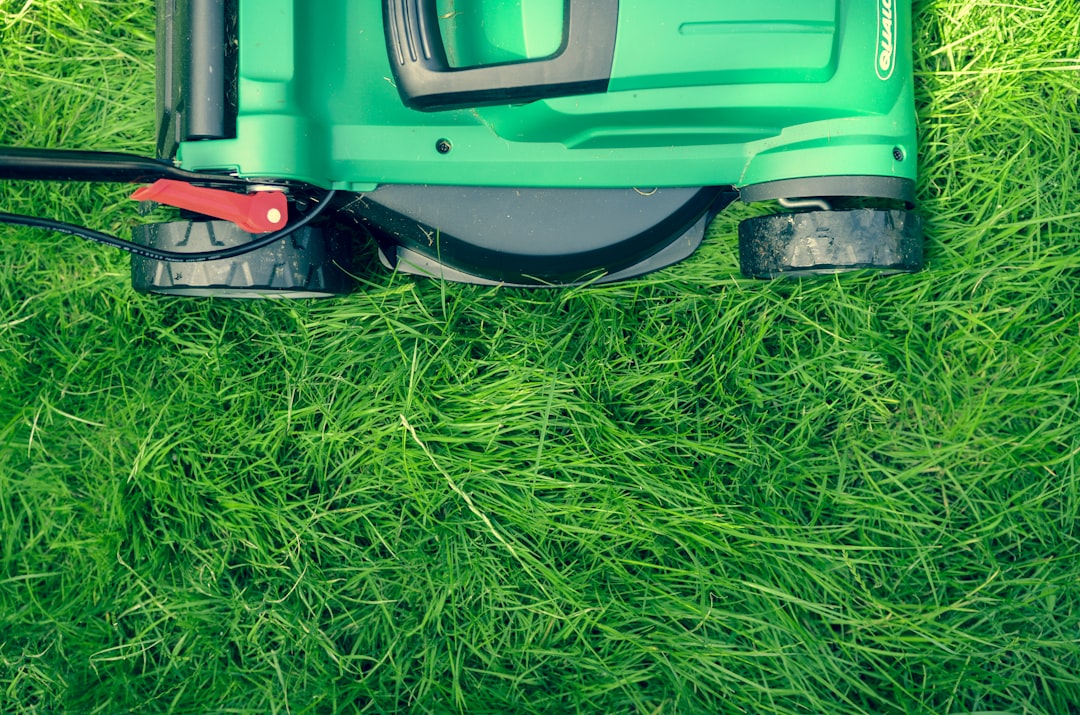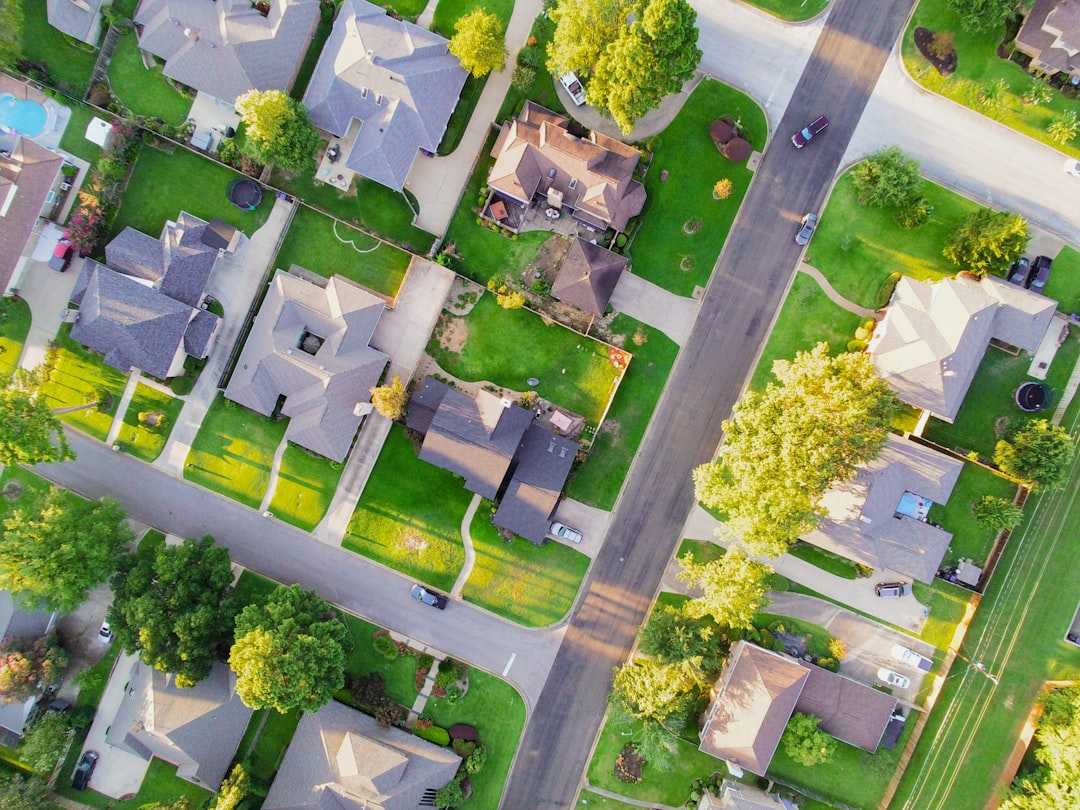When people think of well-kept neighborhood yards and gardens, there’s a high chance that a carefully managed swath of grass is a prominent feature. But believe it or not, maintaining perfectly manicured lawns, otherwise known as 'lawn culture', is actively harming the environment.
Invasive Plants
Grass itself, or at least the kinds that we see today idealized and used for lawns, isn't even native to America, instead from England and France. When the first colonizers’ livestock arrived, they ate away a notable majority of native grasses and plants. This caused a huge starvation issue implicating both animals and people alike. According to historians, “settlers in the 17th-century requested grass... [They] brought more than 'good' grasses, however. At the ports, the dump site for ships introduced weeds… these foreign grasses quickly spread across the continent.”
Yup, that’s right. Grass is an invasive plant in North America, but it’s been existing in ecosystems for so long that it is viewed as a natural part of the ecosystem.
Keeping it Short
Part of lawn culture is keeping your grass short and maintained. This is harming local ecosystems, including the lawns themselves. Cutting grass short so frequently is harmful to pollinators and slow-growing plants. It has also been proven to make pests and other more damaging plants grow faster. Healthier lawns have a wide variety of flower, shrub, and bug species, which tend to appear if you wait to mow, or even stop mowing altogether.
Water Wasted
There’s also the issue of needing to frequently water your lawn to keep it bright green. The amount of water used to maintain yards is absurdly high and incredibly destructive. The Environmental Protection Agency (EPA) has a website page detailing the horrific stats:
“The average American family uses 320 gallons of water per day, about 30 percent of which is devoted to outdoor uses. More than half of that outdoor water is used for watering lawns and gardens.”
If you do the math, this means that nationwide, landscape water usage totals about 9 billion gallons every single day. And that's not even accounting for golf courses, which use approximately 2.08 billion gallons of water per day in total.
What You Can Do
So, if you’ve read to this point, you’re likely incredibly disheartened over front yards. Well, I have good news, because there are indeed healthier things you can do that don't involve grass! The biggest, most well-known method is using native plants that are considered “ground cover”. They sprawl out far and don’t grow tall, so mowing is not necessary. Additionally, depending on the climate they won't need you to actively water them once they've been healthily and firmly established. Talk to your local housing association about what you can do moving forward. Work on limiting your outdoor water usage, and use what you’ve learned to make a change.

